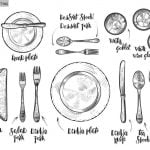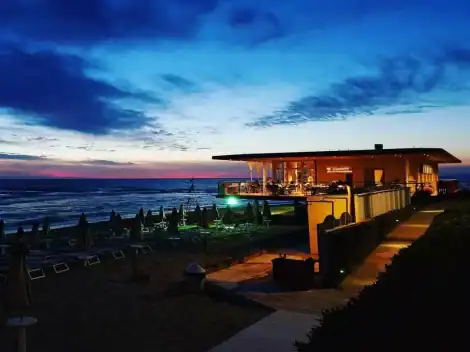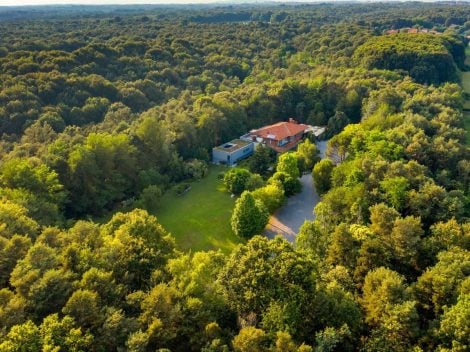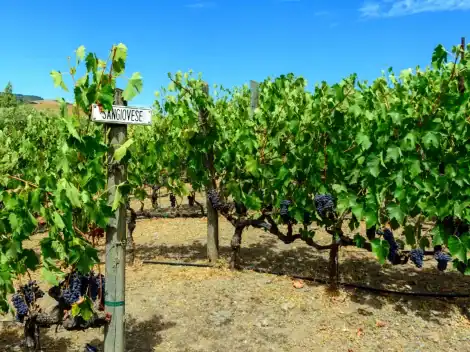It's superfluous to reiterate that the forest's undergrowth has clearly entered the most research-forward kitchens by right. Yet, when searching the thickest vegetation looking for moss and lichens, berries and flowers to use in the kitchen, praising self-production and a model of food self-sufficiency that is gradually returning to the fore, there are still many rules to learn and to keep in mind.
Foraging in Italy, before it was trendy
We enter the woods with due respect, “with the salsosyes of children and animals,” explains foraging veteran Noris, nee Eleonora Cunaccia, but for all she’s “the lady of the woods.” Her forests are in Val Rendena in the Dolomites in Spiazzo between which she moves cautiously and at a slow pace, letting herself be amazed by the gifts of nature, anxiously waiting for the moment when the forest decides to reveal itself. «Seasonality? It needs to be respected, of course: in September there are berries, carnelian, marmot grass… but salso happens that you venture out on a rainy day and nature decides to gift you with beautiful mosses.» She talks about the mountains like an old friend, and in fact Noris has collected, catalogued and cooked many wild herbs over the years, already in unsuspected times, long before foraging became a fashion. «I certainly do not feel envious of newcomers, but I am worried: the rampant and reckless collection can be dangerous. After so many years I am still very strict with myself. Some species are poisonous, it’s important to have a deep knowledge of the material before starting to harvest.» And above all respect for the territory, where Noris sets out, «With the right intentions: only by approaching in this way can meadows and woods represent the greatest form of freedom for the human being.» With modesty and patience: «The herbs will present themselves.».
The foraging veteran––who since 2003 has been carrying on her project, Primitivizia botanical workshop––is well aware of this, with which she collects and packs the gifts of the earth. Far from those who start or follow trends, Noris is keen to point out that her job is made of effort, silence. A lot of joy, yes, but also loneliness, back pain, sacrifice: «In summer I work at high altitude to collect mountain pine, which grows high up. It is a journey that requires significant physical exertion.» Working with and for nature also means giving it space, putting it first, knowing how to step away with discretion at the right time: «It may be that I have to leave the easier route, the simpler path and enter uncomfortable areas, precisely to allow that area to triumph, returning to the undisturbed life. Understanding the mountain salso this, understanding what the prevalence of each portion of the territory is, its needs and limits.» Books are not enough, we need to educate ourselves with courses: «We have to pick the plants by hand, observe them without haste, one at a time. Recognising nettle and dandelion is simple, but there are more complex herbs.» To be collected and used only when the season allows it, «the salsos not a pantry, we cannot think of taking what we like best, that’s like stealing.» This salso why Noris has recently opened a research and study centre on wild herbs, «that actually deals with the environment, nature and territory. Environmental education, this is what we need.» September is one of her favourite months. That’s the time of for berries, cranberry, the martinsecca pear «an ancient variety of wild pear with compact pulp,» the cornelian «which I store in mulled wine during winter, more acidic than black cherry and very soft, perfect also to cleanse the palate between courses.» And then the marmot grass, «an intense aromatic herb that grows above 2,000 meters,» wild cumin must be collected as high up as possible, «only in this way we will have a persistent aroma,» and also the lycopodium, «the licorice of woods, which for me is a kind of wild candy.»
Wild herbs: autarchy and edible forest
You don't need to be a great chef to properly use herbs in the kitchen. Sometimes, a little fine taste, but above all knowledge, is enough to feed on what the mountain decides to make available. This way vinegar can be prepared starting from violets; primrose and egg white become the base for tasty candies, not to mention the many other plant uses, such as herbal or cosmetics. If you look around carefully, you will realize that behind every natural element there is a small universe: this is the motto of Eleonora Matarrese - known by many as Cuoca Selvatica - and for whom foraging is an unconscious practice for a while before it took hold in Italy: «As a child in Puglia I'd go in our vegetable garden and put together a few things for a snack: tomatoes, herbs of all kinds... today the renewed eco-conscious awareness speaks to us of self-production, but it's actually about recovery of old practices with a new awareness.» Without aspiring to an unattainable model of self-sufficiency, but grasping the good things the forest can give us, to enhance it and spread the word on it.
This is what Eleonora does with iSkogen! that is a series of monographic essays on botanical families, or with free sharing of botanical cards with all the secrets to grow them at home: «herbs have dyeing, phyto-therapeutic uses, they can also be used to produce homemade detergent!» Eleonora left her beloved Puglia some time ago, first taking refuge in the Brianza mountains and then in the province of Varese, on the border with Switzerland, where she continues her research on mosses, buds and inflorescences. And where she carries on the Pikniq project, one of the most complete in this microcosm made of roots and lichens, which includes both the sale of herbal products and the kitchen of the home restaurant: «Then there are the bed and breakfast and a health centre. The products can be ordered by phone or by email - soon also online - to receive the Wild Boxes directly at home.» Inside these contain herbs and salts, white chocolate bars with wild strawberries or porcini mushrooms, and Prosecco plus crackers, spruce shortbread biscuits and wild garlic powder. Fresh specialties without any preservatives, if not natural ones: «Ascorbic acid, for example, is almost always used in the food industry as a synthetic product made in a laboratory. I add spruce directly, which is pure ascorbic acid and I know that the product will be protected for longer.» In the meantime, Eleonora has created a 3.5 hectare farm, planting her garden in regenerative agriculture and is dedicating herself to writing two books, «one for children and the other on the food forest, a concept that is now so popular and fashionable but not new at all: I call it, more simply the edible forest and it is nothing other than my childhood, my life. When I moved to Milan in 2015, I felt uncomfortable: the city was cramped, I had an urgent need to go back to nature. And then, with patience and sacrifice, my privileged relationship with the land has become a profession.»
Classifying and using herbs
Summer or winter, it doesn't matter: you can always cook with herbs. And quite a lot. Pasta and main courses, but also desserts, appetizers, snacks for aperitifs. It happens, for example, at Erba Regina, a restaurant and farmhouse born in 2016 in Frascati, in the Castelli Romani area outside of Rome, by the will of Maria Regina Bortolato, a former manager originally from the Treviso area and born into a peasant family, who chose to go back to her roots and dedicating herself to working on wild herbs, which she considers «a feminine world,» reminiscent of «the survival cuisine of yesteryear, carried out by women.» A return to the past with feet firmly in the present, as the slogan says: "Knowing ancient flavours to build a new future." Without seeking an ideal and idealized bucolic world, «but rather by building a model capable of supporting itself and recovering the knowledge that has now disappeared.» She realised this a few years ago while attending a sommelier course, when she found herself having to search for aromas and fragrances of ingredients she had no recollection of, «such as cardamom, coriander, chervil.» It was then that she decided to buy an old rustic farmhouse with 3 hectares of land to build a farm specialised in growing aromatic and medicinal herbs: «The boundary between medicinal and wild herbs is very blurry: chamomile and calendula belong to both categories, we obviously use them in the kitchen.»
A mostly vegetable table, where the use of wild herbs is well calibrated: «You need to know how to dose them carefully, otherwise you risk ruining the dishes.» At her side, her friend, an Italian literature professor, who loves cooking and is a great connoisseur of herbs, «with whom I designed the menu,» which changes constantly according to the season. There are many recipes, constant experimentation: «We always joke between us saying that we have "herbite," a real mania for herbs. Once you get to know them and value them, it is difficult to stop.» In addition to the canonical classification, Maria Regina divides them into sweet, bitter, savoury, fatty and spicy; with the former she prepares one of her strong points, lasagna with sweet herbs: «generally with bran flour, amaranth, silene, mallow and piattello.» Then there are many risottos, «a tribute to my Venetian origins,» and a great use of edible flowers, «especially for aperitivo, for which we choose flowers with an intense flavour such as sage, spring onion or nasturtium.» But with herbs you can really do everything: salt, «like the organic one from Trapani,» jams, «pumpkin, for example, with a neutral flavour that we embellish with lavender, fennel and rosemary,» and lots of sweets, «starting from meringues.»
words by Michela Becchi – art by Andrea Boatta

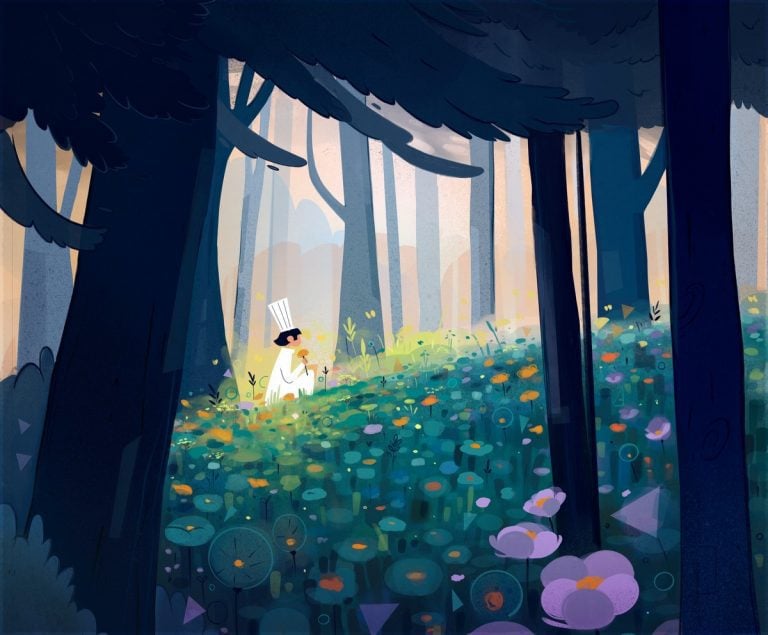
 “In Chianti, warehouses are full and prices are falling”. The economic crisis of Tuscan wine explained by Giovanni Busi
“In Chianti, warehouses are full and prices are falling”. The economic crisis of Tuscan wine explained by Giovanni Busi US tariffs will take effect on 1 August for everyone (including wine). Prosecco DOC: “it’s impossible to plan for the future
US tariffs will take effect on 1 August for everyone (including wine). Prosecco DOC: “it’s impossible to plan for the future Diego Rossi of Trippa opens a new osteria: what you can eat at Nino Osteria con Cucina in Milan
Diego Rossi of Trippa opens a new osteria: what you can eat at Nino Osteria con Cucina in Milan How you eat at Sentiero, the restaurant Elba Island was missing
How you eat at Sentiero, the restaurant Elba Island was missing